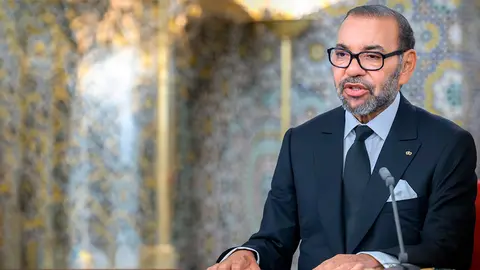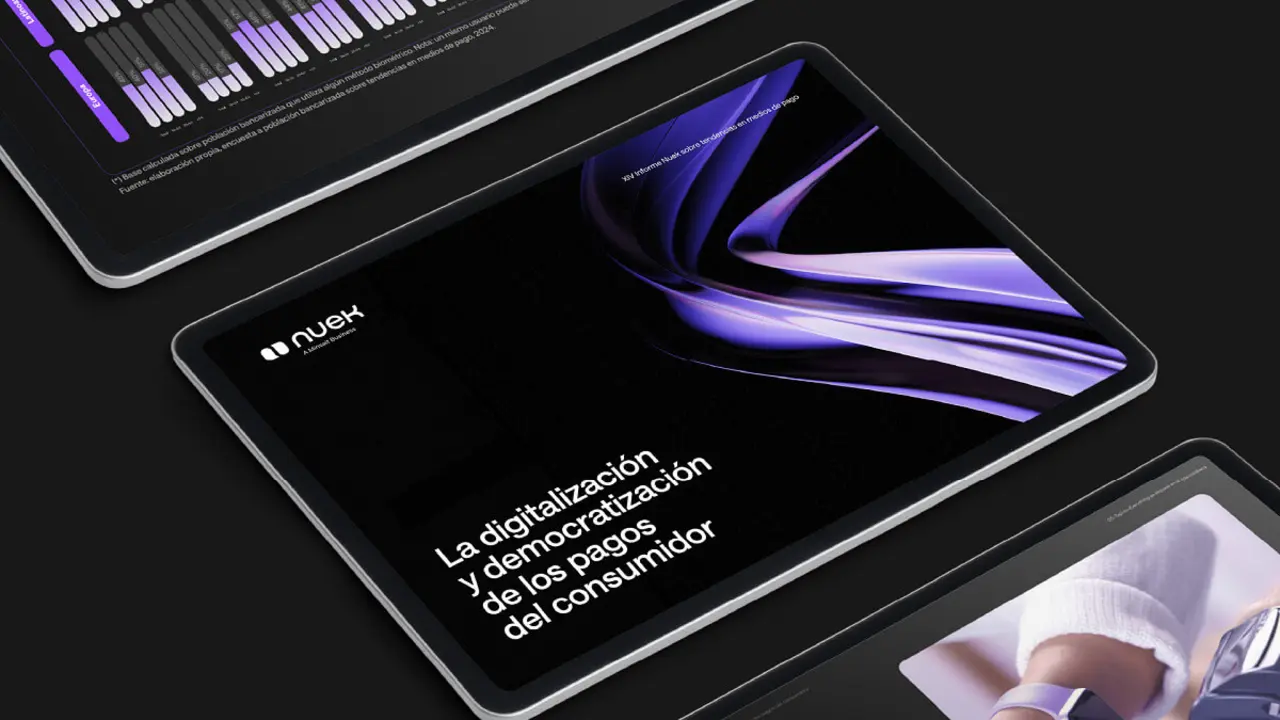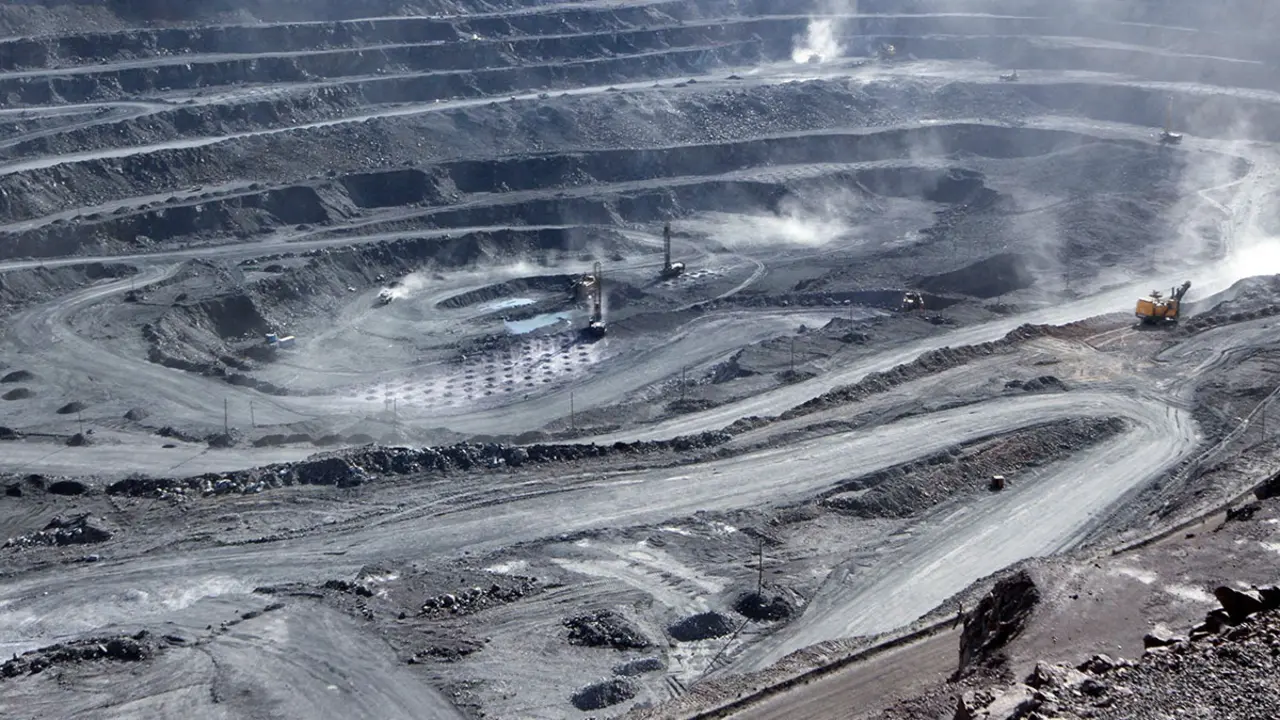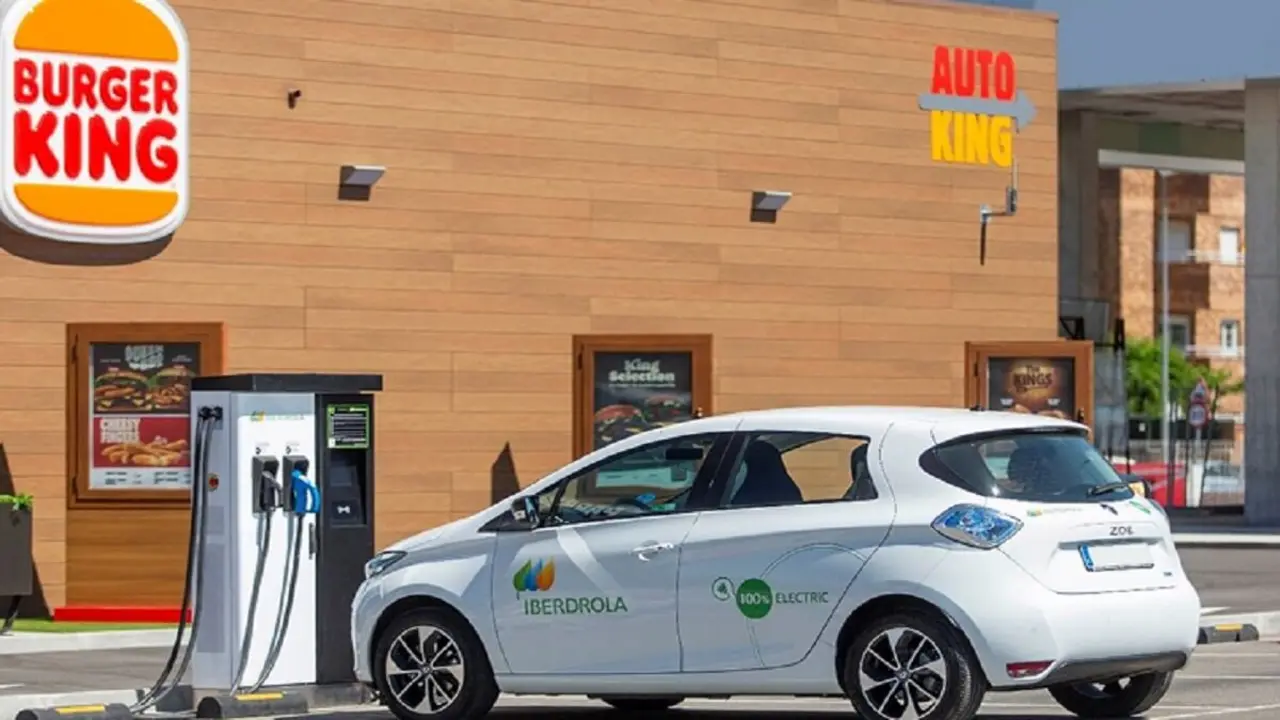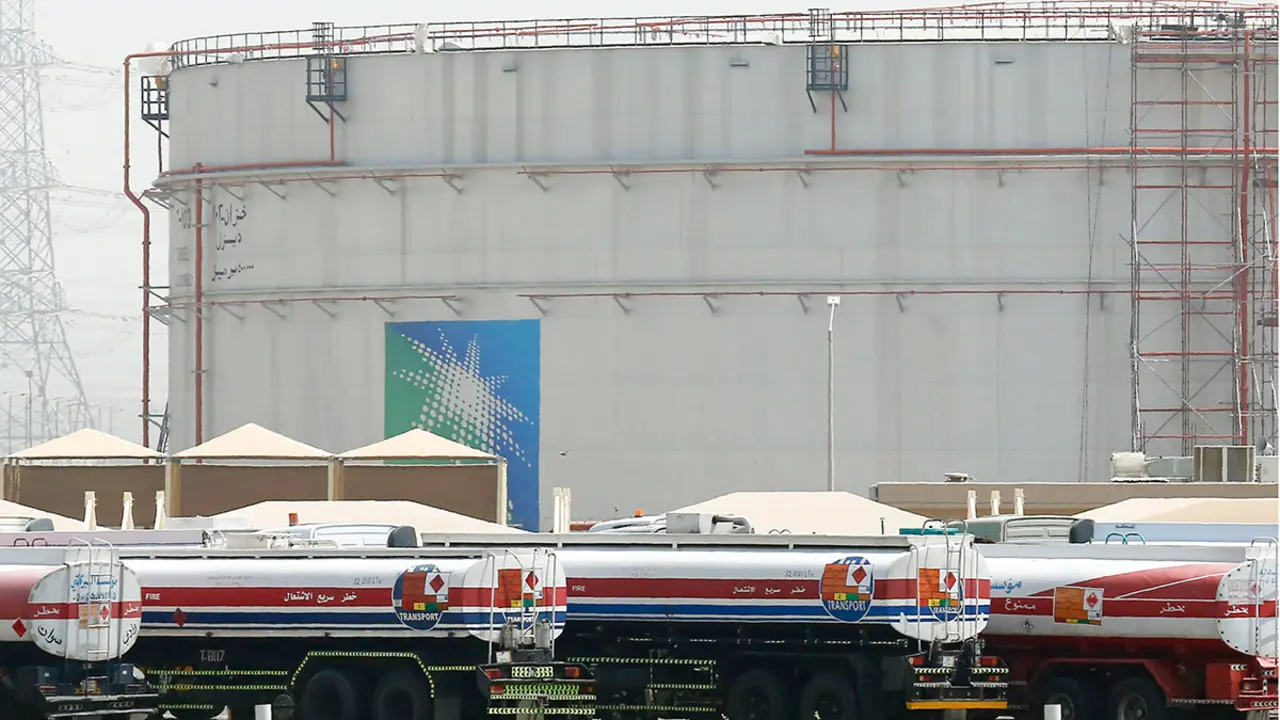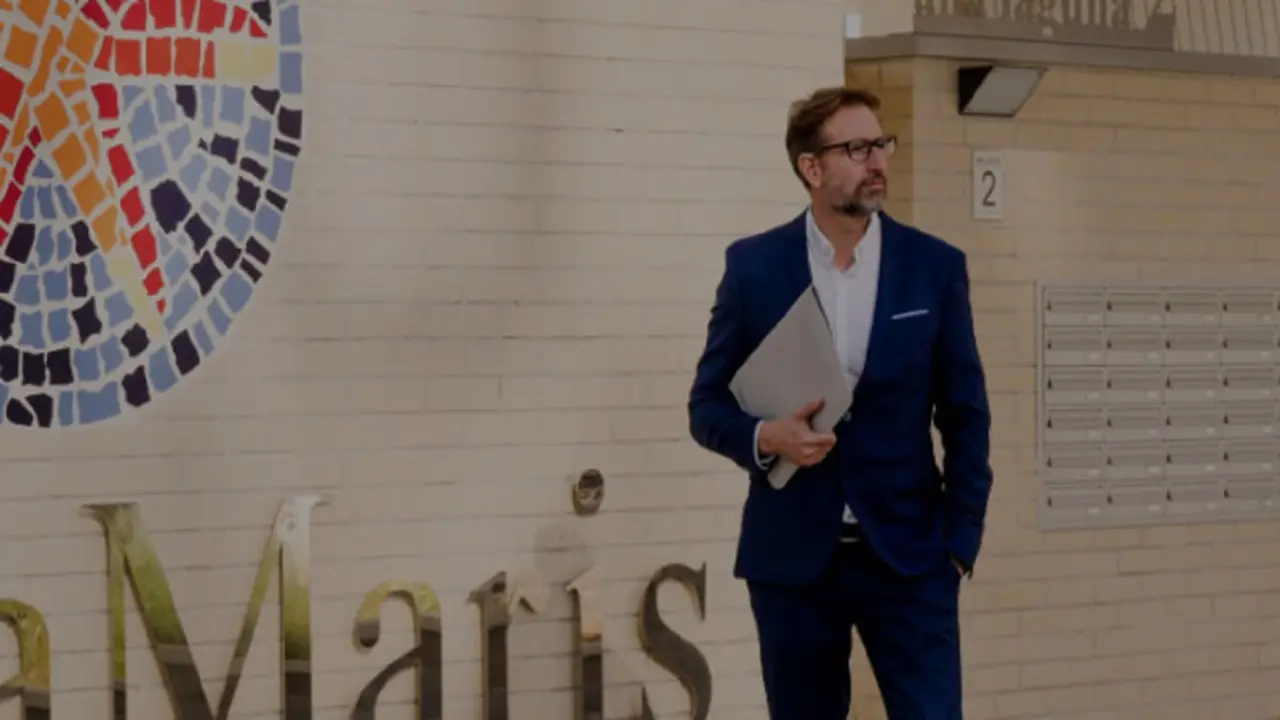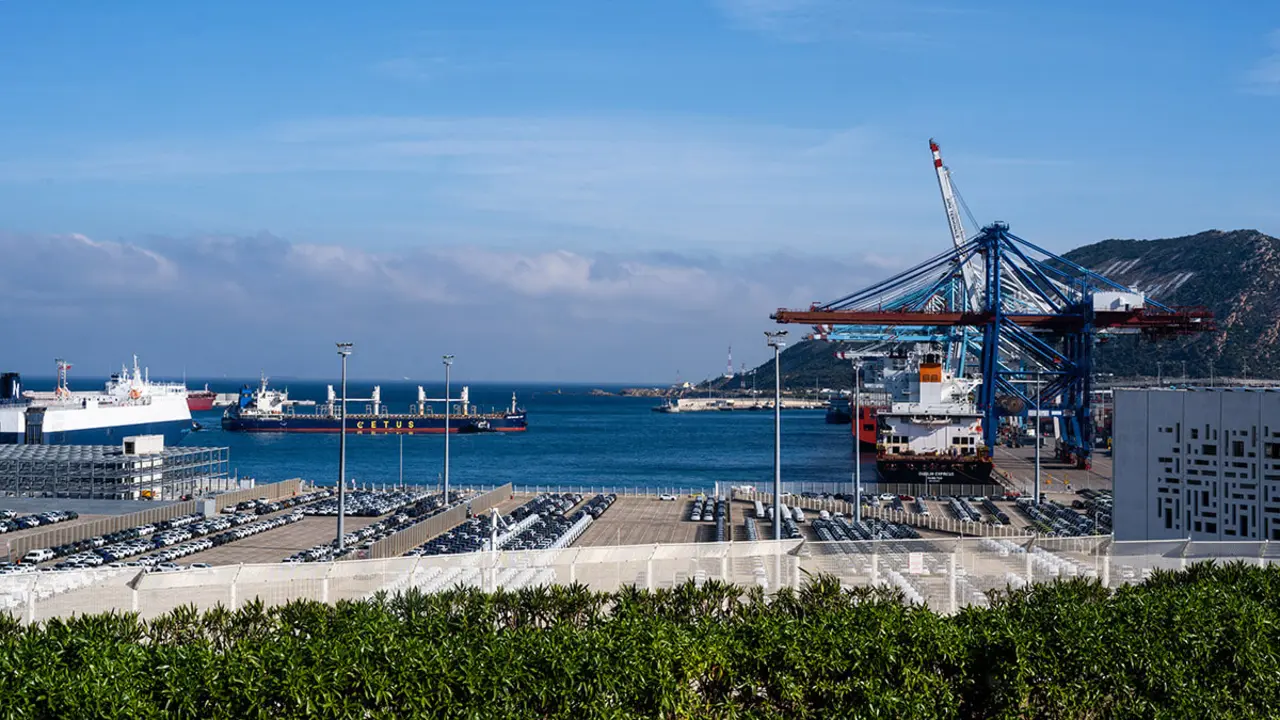The Moroccan Ministry of Equipment and Water is launching the water plan announced by King Mohammed VI
In his speech on the occasion of the 25th anniversary of his accession to the throne, the monarch announced a national water strategy

The Moroccan government is working against the clock to implement the royal strategy aimed at remedying the lack of water, which has been aggravated in recent months by the drought.
Meeting at the Ministry
On 2 August, the Moroccan Minister of Equipment, Nizar Baraka, chaired an important meeting on new water projects at the headquarters of the General Directorate of Water Engineering in Rabat, attended by all the directors of this department, as well as the directors of the organisations that regulate the country's various river basins.
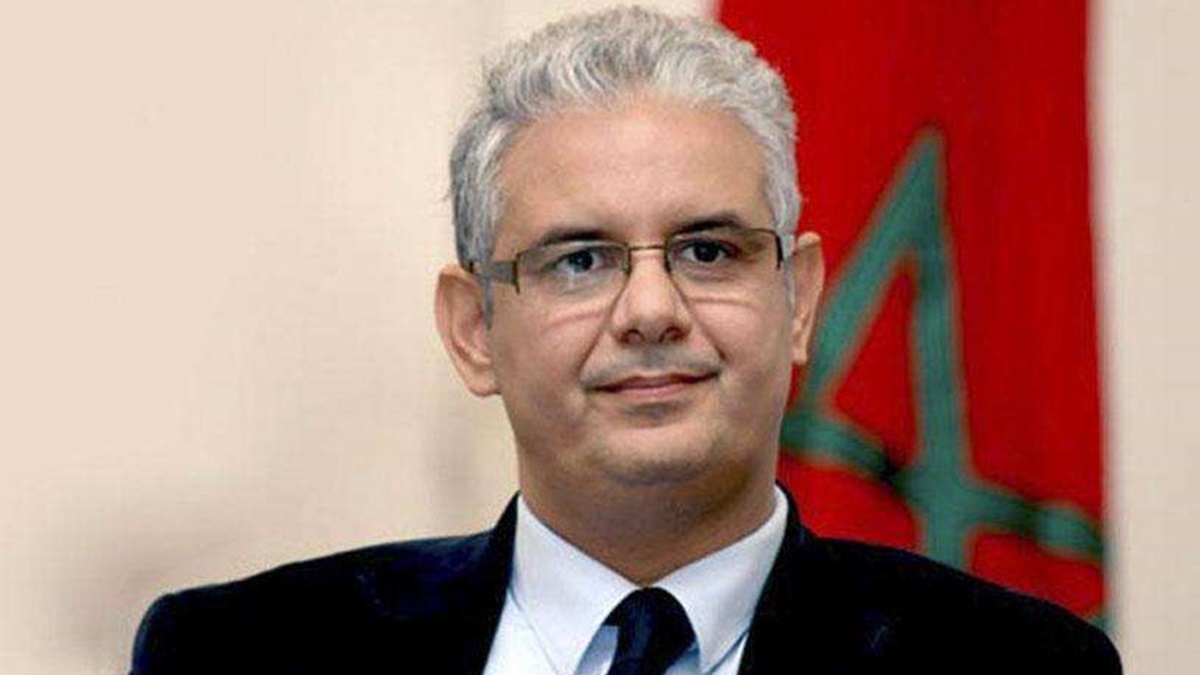
The aim of the meeting was to update the national water strategy, in particular the National Drinking Water Supply and Irrigation Programme 2020-2027, in accordance with the recommendations made by King Mohammed VI during his recent speech commemorating the quarter century since he acceded to the throne, succeeding his father, Hassan II.
During the meeting chaired by Baraka, the need for the bodies that regulate the river basins to limit the excessive and indiscriminate exploitation of underground aquifers, a strategic resource that must be preserved, was highlighted.
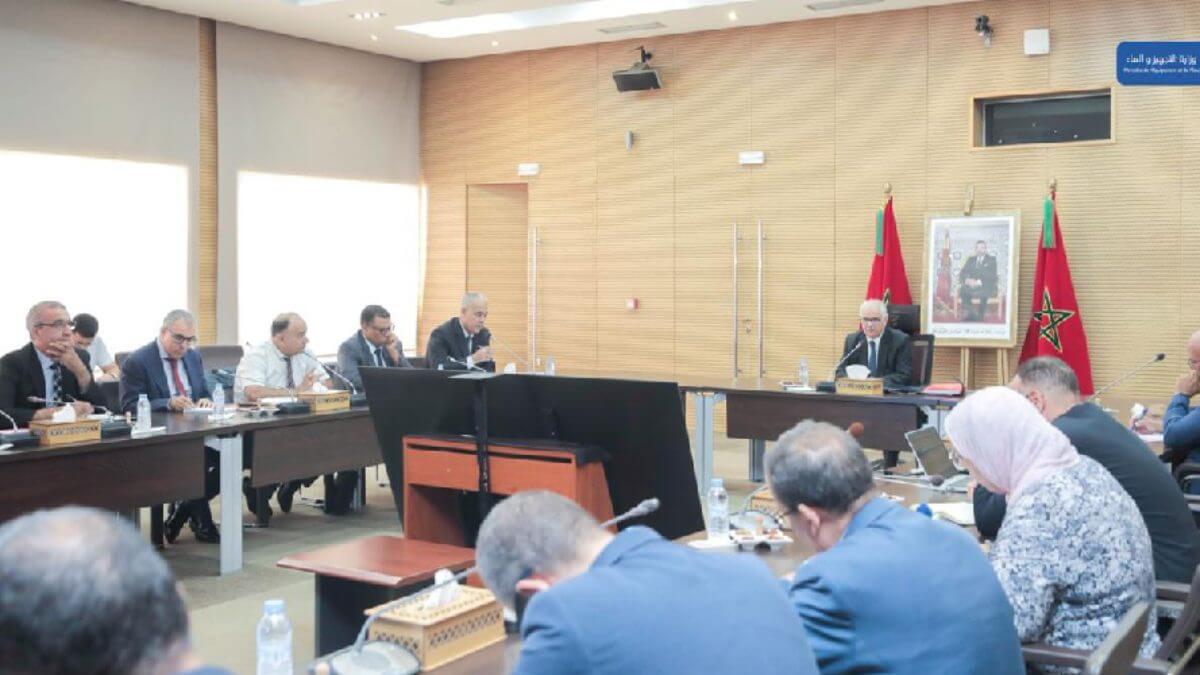
It is also key to control water saving rates in the areas of drinking water and irrigation water, by adopting programmes for the rehabilitation of traction canals and the use of drip systems.
Minister Nizar Baraka pointed out that water conservation is a national responsibility that concerns all institutions, stakeholders and citizens alike, and called for avoiding misuse and unnecessary waste of water.
Real strategy
The need for these actions aimed at guaranteeing the water supply to citizens was one of the main points of the King's speech on 30 July, on the occasion of Throne Day. The monarch called for proactivity and the use of technological innovations in the fight against extreme weather phenomena.
Morocco, like other North African countries, has for years been facing repeated drought crises that have affected economic and development strategies, which is why the water crisis has become a top priority in the country.
Desalination
Part of Morocco's comprehensive water strategy to cope with drought relies on desalination of seawater to provide drinking water. In fact, the Moroccan government is completing a study on seawater quality over a twelve-month period, in addition to expanding the number of seawater desalination plants to serve more cities in Morocco.

The country currently has 15 seawater desalination plants, which produce 192 million cubic metres of water per year, of which 44% is for drinking water, 24% for agriculture and 32% for industry.
Dams and water treatment
Another of the lines on which the Moroccan government is working is the programme for the construction of large dams, accelerating the completion of the water transfer projects between Lau, Lakous, Sebou and Umm Er-Rbia to the Masirah dam.
The project also includes work to link water systems to network reservoirs to allow integrated and flexible management of water resources within and between basins.

In addition, the Moroccan government aims to increase the volume of treated wastewater by 2030, encourage the agricultural, industrial and tourism sectors to use it, work to complete treatment facilities, determine the knowledge of groundwater resources and develop a water police force, providing it with all the human and financial means necessary to carry out its tasks.
Studies quantify Morocco's annual water needs at more than 16 billion cubic metres, 87% of which is for agricultural consumption. However, water resources have barely exceeded five million cubic metres per year over the last five years.

